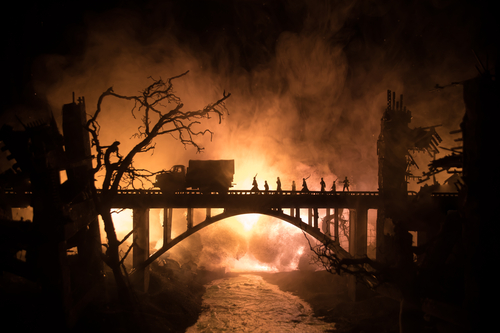
On December 7, 1941, the United States was thrust into the Second World War by the infamous attack on Pearl Harbor, which President Franklin D. Roosevelt declared “a date which will live in infamy.”
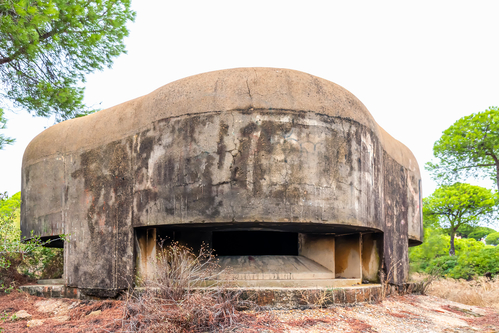
The surprise offensive by Japan decimated the U.S. Pacific Fleet and propelled the nation into a massive wartime mobilization. Beyond the immediate military response, the fabric of American society underwent a profound transformation to support the war effort—an effort that would define the character of a nation and play a pivotal role in the Allied victory.
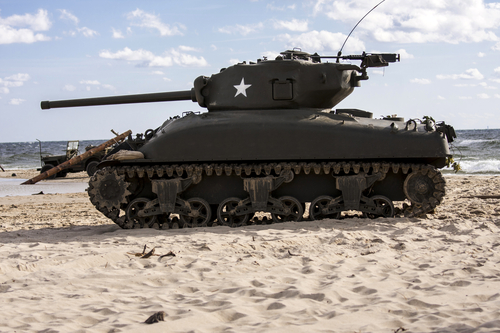
In the ensuing days, Congress declared war against the Axis powers, and by May 8, 1945, with Germany’s surrender, followed by Japan’s capitulation on September 2, 1945, after the devastating atomic bombings of Hiroshima and Nagasaki, the conflict drew to a close. The cost was steep: more than 330,000 American soldiers lost their lives, and countless others bore the scars of battle.
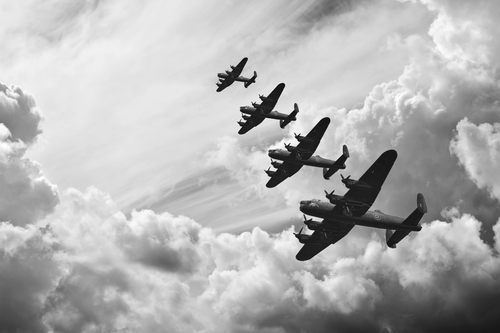
The narrative of the American war effort often focuses on strategic decisions and political leadership. Yet, it was the collective character of American soldiers and civilians that truly shaped the outcome of the war.

Ernie Pyle, the renowned war correspondent, captured the essence of the American fighter—not as a born warrior but as an ordinary individual performing extraordinary acts of bravery. “They weren’t warriors,” Pyle wrote. “They were American boys… sneaking up a death-laden street… They were good boys.”
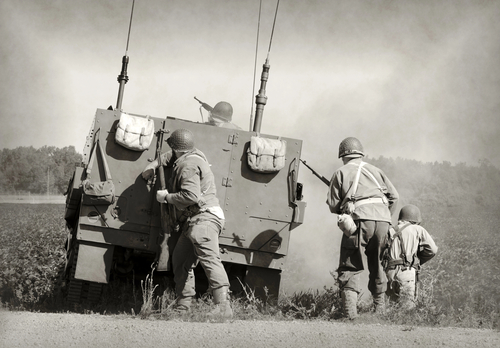
Pyle’s reportage, resonating deeply with both families on the home front and soldiers abroad, was a testament to the quiet valor and dogged perseverance of the “average” GI.
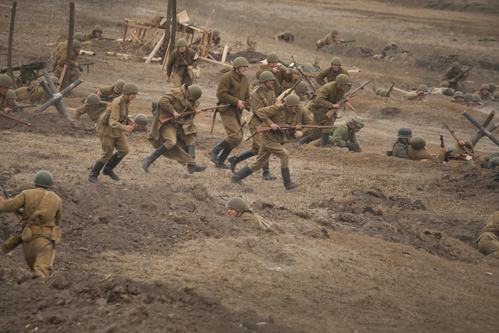
His columns offered intimate glimpses into the daily lives of soldiers, eschewing grandeur in favor of the concrete, the real—the “steel, dirt, and blood” of war. This perspective underlined not only the battlefield but also informed how Americans back home comprehended and contributed to the war effort.
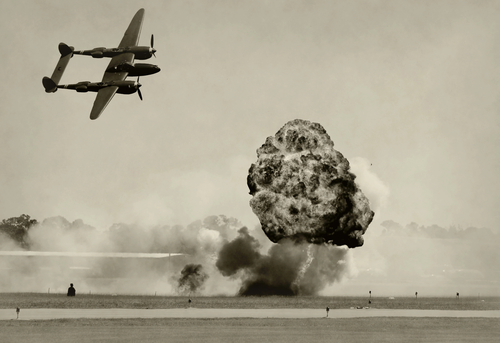
On the home front, Americans of all walks of life, including women, minorities, and even those previously marginalized by the Great Depression, became the driving force behind a massive industrial mobilization. New jobs in war plants and unprecedented economic activity helped resurrect the nation’s economy.

The war production effort required citizens to adapt lifestyles to wartime realities—rationing, recycling, and volunteering for defense jobs became the norm. In true American spirit, households grew “Victory gardens,” saved waste fats for explosives, and participated in scrap metal drives.

As Roosevelt put it, the “miracle of production here at home” was a result of American labor, industry, and agriculture working as a unified patriotic team.

The war also witnessed shifts in societal norms. Women entered the workforce in droves, symbolized by “Rosie the Riveter,” and took on roles traditionally occupied by men.

African Americans found new opportunities, spurred by leaders such as A. Philip Randolph, who lobbied for equal employment rights, leading to the creation of the Fair Employment Practices Commission (FEPC).

As the nation’s character was tested, so too were its values. The internment of Japanese Americans and other ethnic groups, while a regrettable chapter, did not go unnoticed in the war’s aftermath. It served as a stark reminder of the nation’s imperfections even as it fought against tyranny abroad.

The American experience in World War II was as much about building the “Arsenal of Democracy” as it was about the resilience and sacrifice of its people. The character of its citizens—on the front lines and in the factories—became the uncelebrated cornerstone of a hard-won victory.

As Pyle poignantly noted in his writings, the war would be won by the bravery of its people—soldiers and civilians alike—who, through their collective effort and character, shaped not just the outcome of the war, but the very destiny of the nation.
